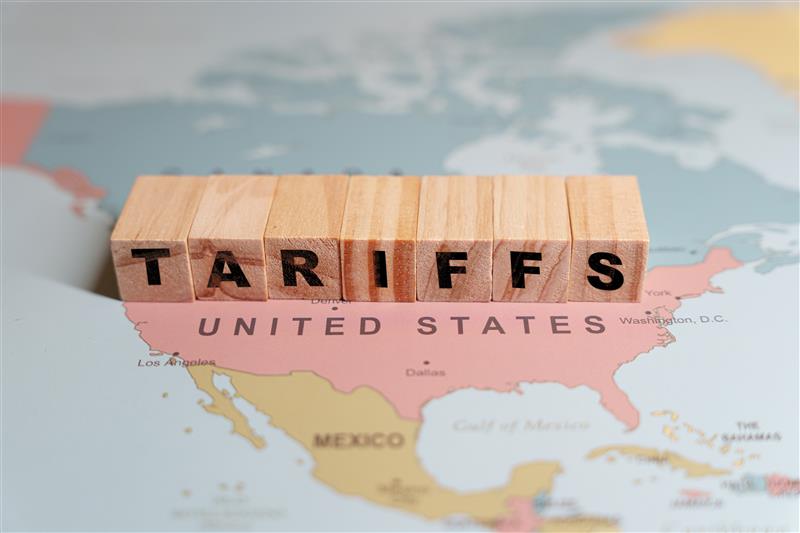
Week commencing 7 July
10:30am, 8 July: Trump has confirmed a delay to the implementation of higher tariff rates on US trade partners, which his administration now says will enter force from 1 August.
This announcement comes alongside new 25% levies on goods coming from South Korea and Japan, as well as a 30% tariff on goods from South Africa and fresh rates on a host of other nations, including Kazakhstan and Malaysia.
In letters that he shared on his Truth Social platform, Trump told the addressed countries:
“If for any reason you decide to raise your tariffs, then, whatever the number you choose to raise them by, will be added onto the 30% that we charge.”
The 90-day pause on higher ‘Liberation Day’ tariff rates was due to end this week, but has been extended. It could be pushed back even further, Trump has suggested in remarks reported by the BBC:
“I would say [the deadline is] firm, but not 100% firm. If they call up and they say we'd like to do something a different way, we're going to be open to that.”
Adam Ahmad Samdin, economist at Oxford Economics, told the BBC that deals between the US and other countries on trade are likely to be “extremely detailed”, and it’s thus not a surprise that the Americans are hesitating to bring down the hammer.
Perhaps significantly, the EU has not received a letter outlining a new, higher tariff rate. Yesterday, European Commission president Ursula von der Leyen said that she had enjoyed a “good exchange” with Trump. The relationship could run into trouble, however, over the EU’s €500m fine on US tech firm Apple over practices relating to its iPhone app store. Trump has already voiced concerns over other countries’ approach to US ‘Big Tech’ firms, and his anger at Canada’s proposed digital services tax prompted the country to scrap it late last month.
11.30am, 7 July: The US tariff deadline appears to have been moved to 1 August after a series of comments from both US president Donald Trump and senior White House officials.
On social media, Trump said that ‘tariff letters’ will be “ delivered starting 12:00 P.M. (Eastern), Monday, July 7th." The contents of these letters is unknown, but they could include the terms of any additional rates.
However, at a press conference held yesterday (6 July), Trump was unclear on when the tariffs would actually go into effect.
When asked by a journalist if rates would change on Wednesday (9 July), Trump responded by saying:
“They’re going to be tariffs. The tariffs are going to be the tariffs. I think we’ll have most countries done by July 9, either a letter or a deal.”
US commerce secretary, Howard Lutnick, clarified at the same conference: “Tariffs go into effect 1 August , but the president is setting the rates and the deals right now.”
The original deadline for tariffs coming into effect was Wednesday. However, Trump and Lutnick appear to have extended this.
A statement from the Japanese foreign ministry confirmed that Japanese economic minister, Akazawa Ryosei, has held two lengthy telephone meetings with Lutnick on the subject of tariffs last week.
In another tariff-related announcement, Trump said that he would hit any nation that sided with the BRICS alliance with an additional 10%.
The president said on social media:
“Any Country aligning themselves with the Anti-American policies of BRICS, will be charged an ADDITIONAL 10% Tariff. There will be no exceptions to this policy. Thank you for your attention to this matter!”
The BRICS group includes Russia, China and India. Last year, it expanded membership to include Egypt, Ethiopia, Indonesia, Iran, Saudi Arabia and the United Arab Emirates.



